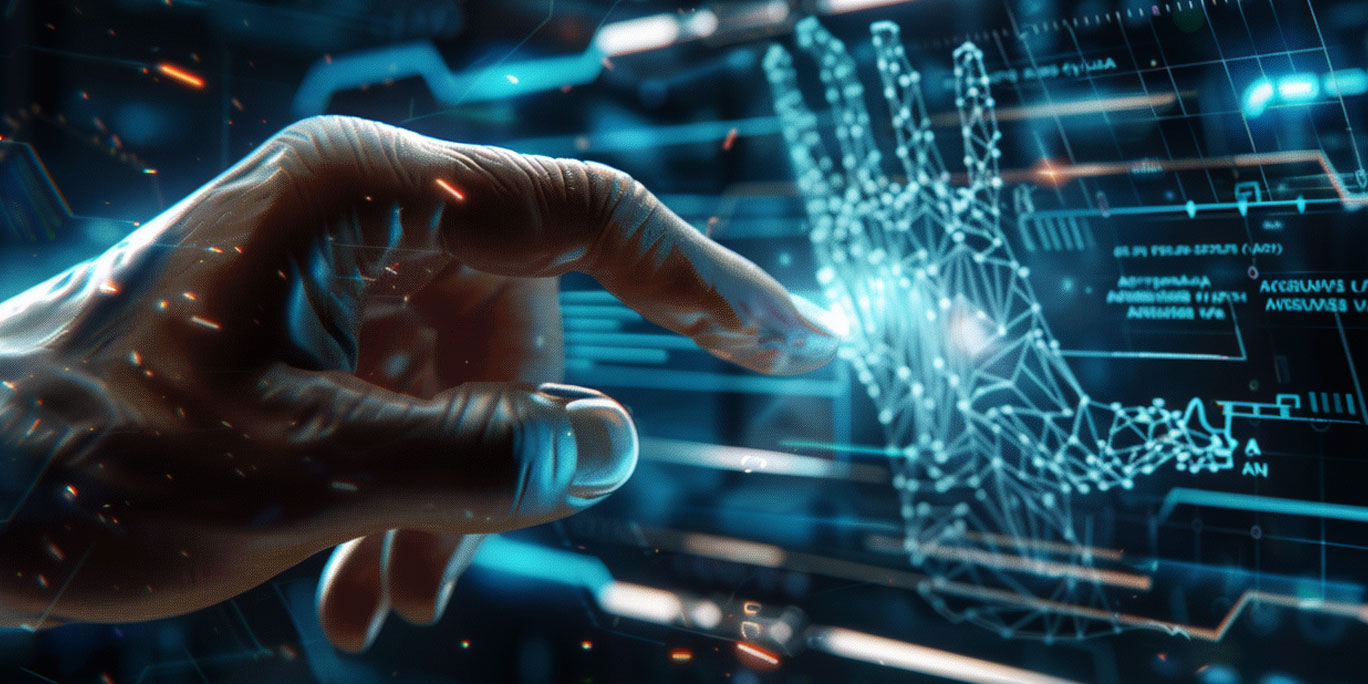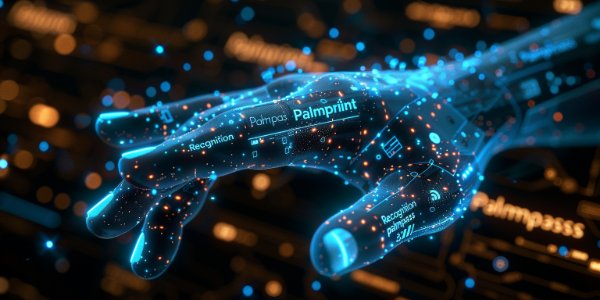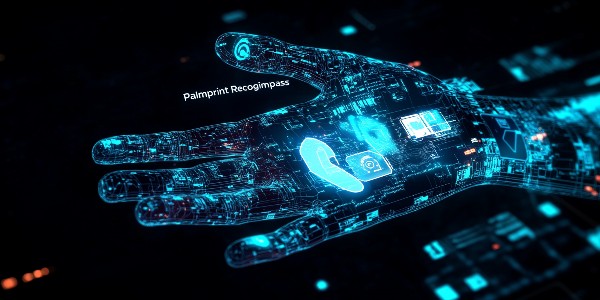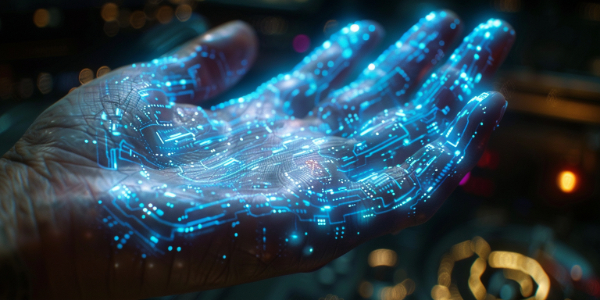What is the Meaning of Biometric?
Biometrics, which involves using unique physical and behavioral characteristics for identity verification, enhances security and convenience across various applications, including mobile devices, corporate security, financial services, healthcare, and travel, while continuing to advance with technological innovations.
In today’s digital age, security and identity verification have become paramount, and biometric technology plays a crucial role in enhancing these aspects. But what exactly is the meaning of "biometric"?
Understanding Biometrics
Biometrics refers to the measurement and statistical analysis of people's unique physical and behavioral characteristics. The term "biometric" is derived from the Greek words "bios" (life) and "metron" (measure), essentially meaning "life measurement." Biometric technology involves the use of these unique traits to identify and verify individuals.

Types of Biometric Identifiers
Biometric identifiers can be broadly categorized into two types: physiological and behavioral characteristics.
Physiological Biometrics: These include physical traits that are unique to each individual. Common examples include:
Fingerprint Recognition: Analyzing the unique patterns and ridges on a person's fingertips.
Facial Recognition: Mapping facial features such as the distance between the eyes, nose shape, and jawline.
Iris Scanning: Capturing detailed patterns in the colored part of the eye.
Palmprint Recognition: Measuring and analyzing unique patterns on the palm.
DNA Matching: Using genetic material to identify an individual.
Behavioral Biometrics: These include patterns of behavior that are unique to each person. Examples include:
Voice Recognition: Analyzing vocal characteristics including pitch, tone, and cadence.
Gait Analysis: Examining the way a person walks.
Typing Recognition: Identifying individuals based on their unique typing patterns.
How Biometric Systems Work
Biometric systems function by capturing a specific biometric trait from an individual using sensors or cameras. This captured data is then processed using advanced algorithms to create a digital template. During verification, the system compares the captured biometric data with stored templates in a database. If the data matches, the individual's identity is confirmed.
Advantages of Biometric Authentication
Biometric authentication offers several significant advantages:
Enhanced Security: Biometric traits are unique to each individual, making it difficult for unauthorized users to replicate or forge access.
Convenience: Users don’t need to remember passwords or carry access cards, reducing the risk of credential theft or loss.
Accuracy: Advanced algorithms ensure precise identification, minimizing false positives and negatives.
Versatility: Biometric authentication can be integrated into various devices and applications, from smartphones to secure facilities.
User Experience: Fast and seamless authentication processes improve user satisfaction and operational efficiency.
Applications of Biometrics
Biometric technology is used across various sectors, including:
Mobile Devices: Unlocking smartphones and authorizing mobile payments.
Corporate Security: Accessing secure areas, computers, and networks.
Financial Services: Verifying identities for online banking and transactions.
Healthcare: Securing access to electronic health records and patient information.
Travel and Immigration: Biometric passports and border control systems.
Future Trends in Biometrics
As technology evolves, biometric authentication continues to advance with innovations in sensor technology, artificial intelligence, and the fusion of multiple biometric modalities for stronger authentication. Future developments may include enhanced privacy protection, decentralized biometric systems, and integration with Internet of Things (IoT) devices for seamless user experiences.
Biometrics stands at the forefront of modern security measures, offering a robust and user-friendly solution to verify identities. By leveraging unique physical and behavioral characteristics, biometric technology enhances security, streamlines operations, and safeguards personal data in an increasingly connected world. As digital transformation continues, the adoption of biometric technologies promises to revolutionize how we authenticate and protect our identities.










